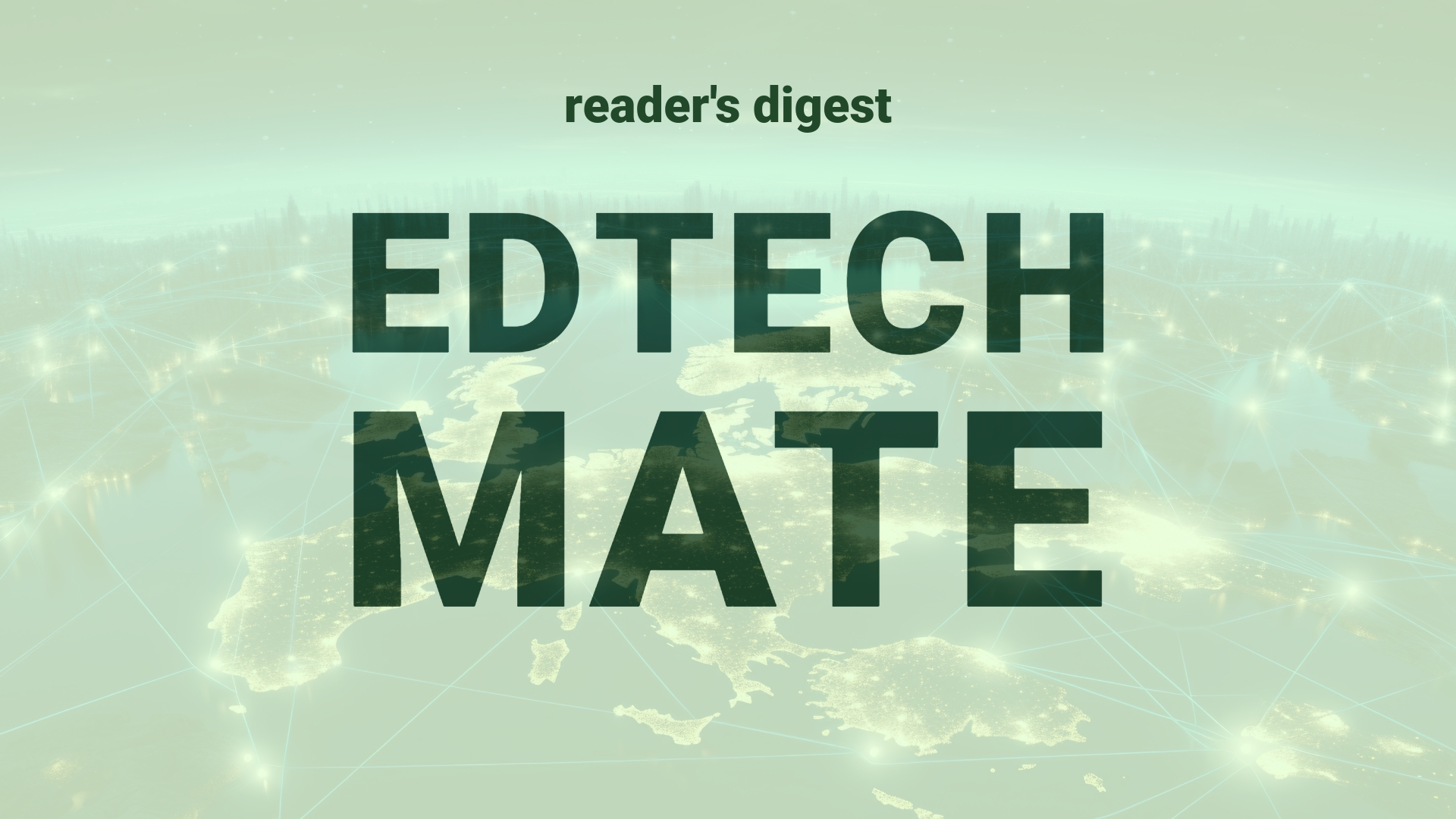Executive Summary and Main Points
The U.S. federal government is strategically enhancing its capabilities in artificial intelligence (AI) by filling key leadership positions such as Chief AI Officers (CAIOs) across various departments. This push, aligned with recent executive orders, is aimed at rapid hiring to avoid falling behind in the evolving AI landscape. With government roles offering a unique value proposition of mission-driven work, federal agencies are proactively upskilling current employees and recruiting new talent with an emphasis on skills beyond technical expertise. Additionally, state governments are taking cues from the federal initiative to bolster their own AI competencies despite the challenge of competing with private sector salaries.
Potential Impact in the Education Sector
The integration of AI expertise can significantly transform Further Education and Higher Education realms. The creation of strategic roles to lead AI initiatives, adopting digital transformation and fostering agility in response to technological advancements will pave the way for novel pedagogical approaches, personalized learning experiences, and operational efficiencies. For Micro-credentials, AI can streamline validation processes, ensuring they stay relevant and aligned with market demands. Strategic partnerships, both within the educational ecosystem and with tech industry leaders, are expected to enhance the sector’s digitalization journey.
Potential Applicability in the Education Sector
Innovative applications of AI and digital tools in global higher education may range from AI-driven analytics for student success predictive models and personalized learning paths to AI-empowered research tools. Institutions can leverage AI for administrative automation, freeing up resources to focus on core educational activities. Digital transformation in curricula design and the adoption of Micro-credentials could prepare the workforce better for the evolving demands of the AI skills market, creating lifelong learning opportunities that are accessible and relevant.
Criticism and Potential Shortfalls
However, employment of AI in the education sector is not without its challenges. International case studies reveal disparities in the adoption rates of AI due to varying funding capabilities and ethical considerations. Moreover, cultural implications of AI deployments necessitate cautious tailoring of AI solutions to respect diverse student populations while safeguarding against biases amplification. The competitive market for AI talent also imposes potential recruitment and retention difficulties for educational institutions, particularly when competing with the private sector’s incentives.
Actionable Recommendations
To address these obstacles and harness the potential of AI in global higher education, it is recommended to:
– Develop targeted AI upskilling programs for educators and administrative staff.
– Explore partnerships with tech companies for resource-sharing and knowledge transfer.
– Create interdisciplinary AI research initiatives to foster student engagement and innovation.
– Implement ethical guidelines for AI use to ensure fairness and transparency in its applications.
– Pursue global collaborations to harmonize AI integration standards in higher education.
These practical steps can provide a structure for educational leaders to strategically integrate AI technologies and prepare institutions for a future rich in digital opportunities.
Source article: https://www.cio.com/article/1313580/us-government-enters-the-race-for-ai-talent.html

